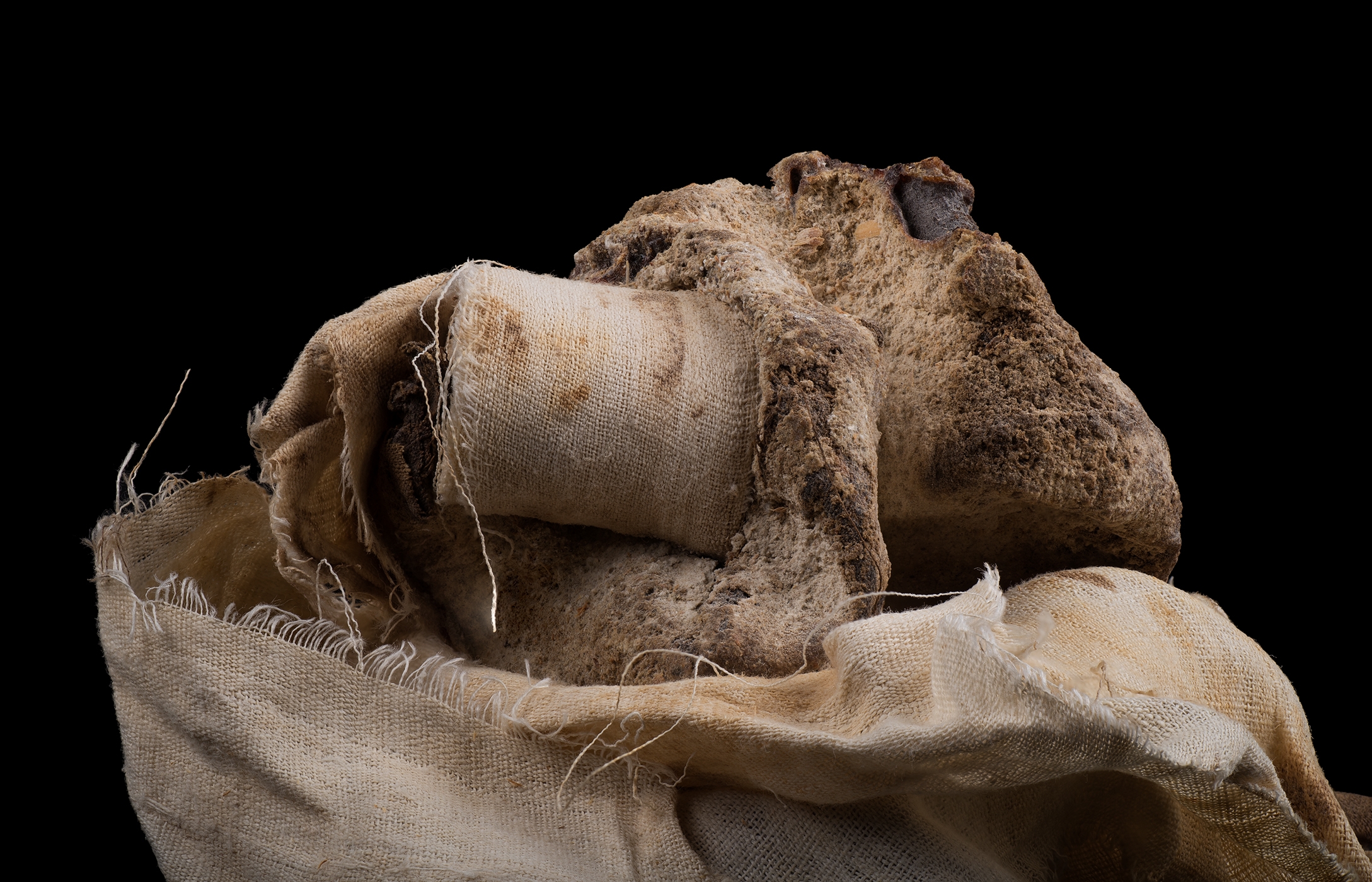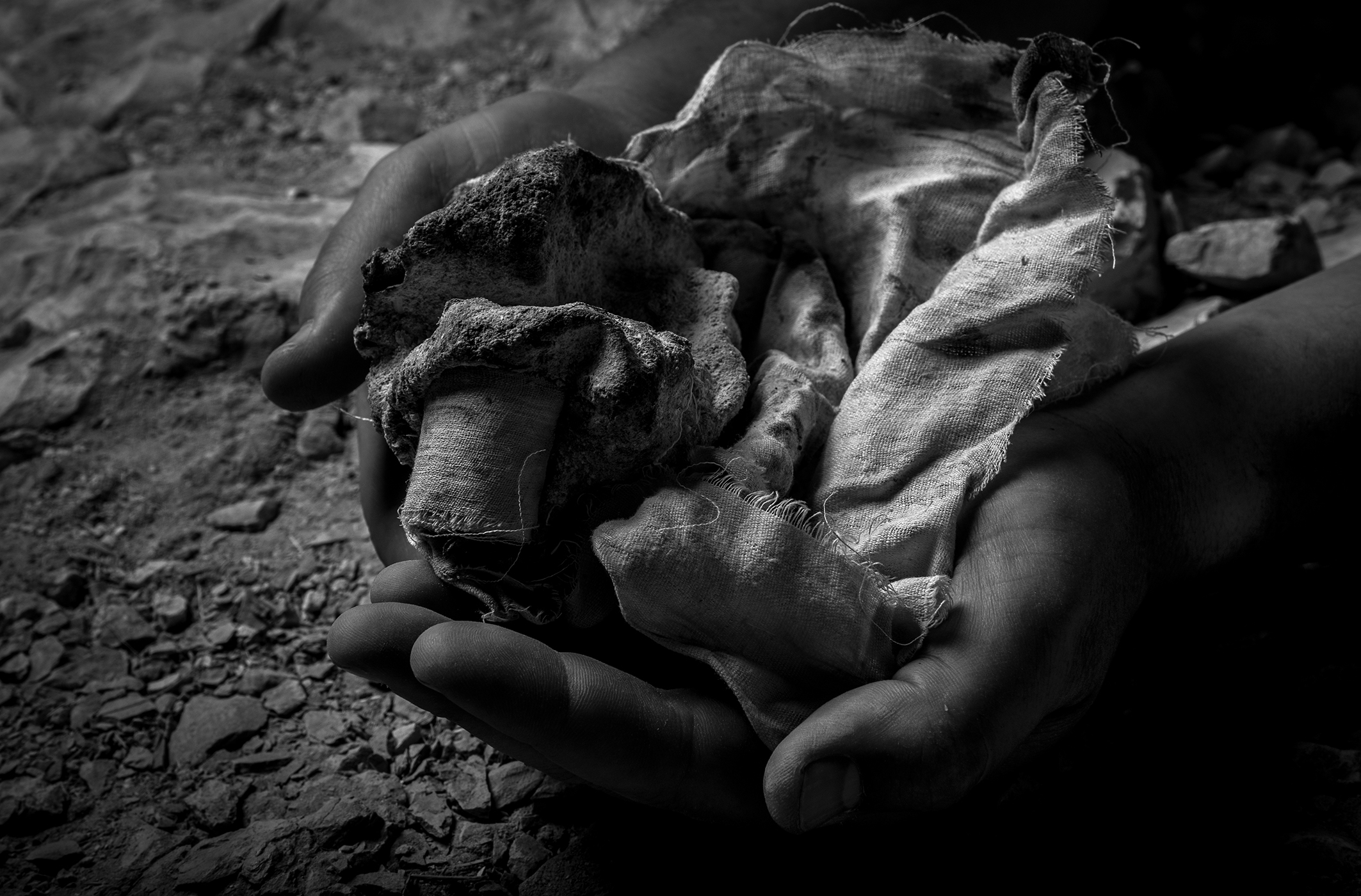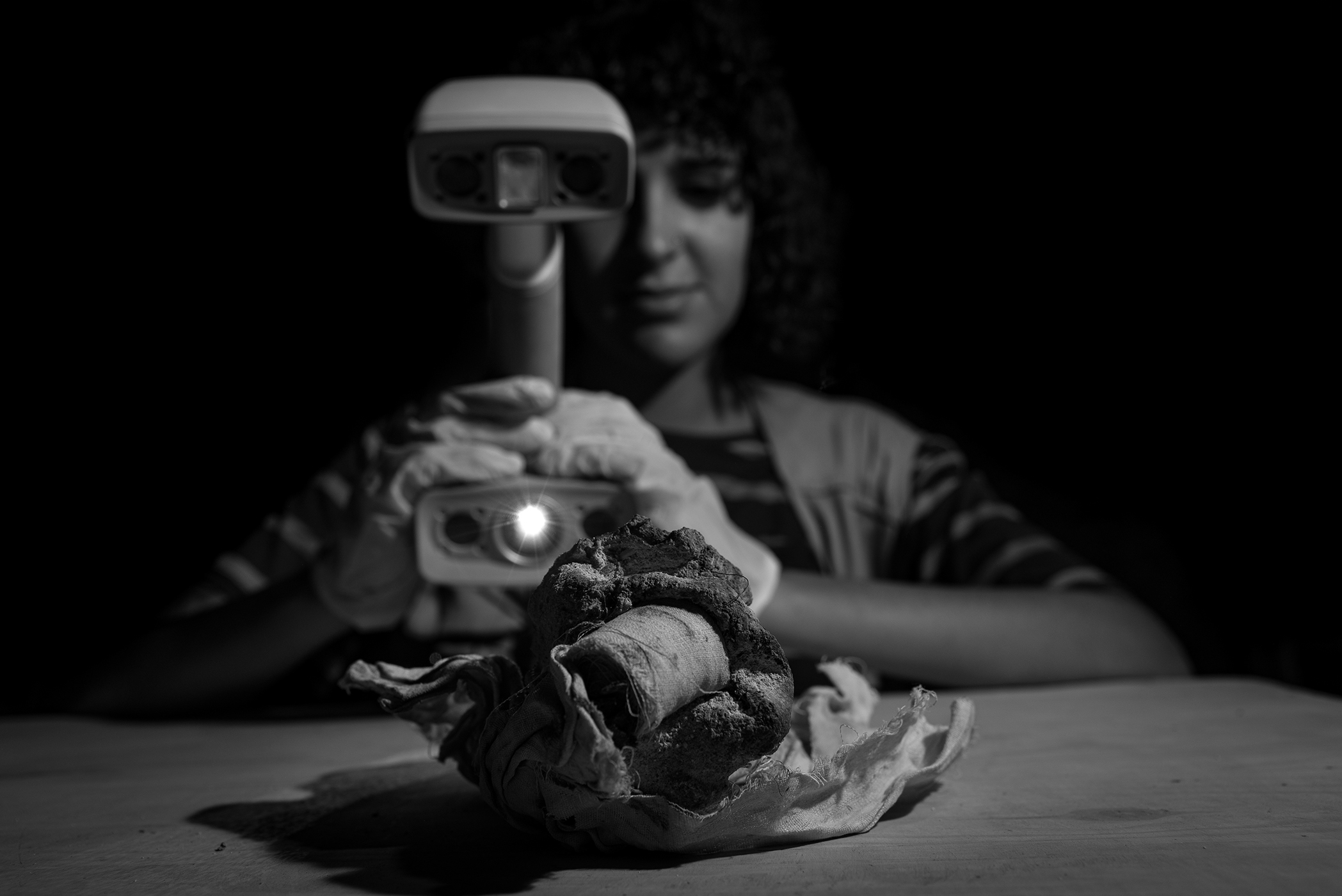A Mummified Human Heart

-
PrizeSilver in Science/Other
-
PhotographerPatricia Mora
-
Agency / StudioPatricia Mora Photography
-
Technical InfoNikon D750, Nikkor 24-120 1:4, Elinchrom Brx-500, Nikon Sb-800, Helicon Focus (stack Of 13 Photos)
-
Photo Date2018, 2021
It stopped beating 4000 years ago. Embalmed with care using natron salt to preserve it for the after life, wrapped with fine linen cloth, even the aortic root received a special treatment. But, on the last step, a human mistake saved it for the future archaeologists to be found among hundreds of natron bags.The heart of the vizier Ipi is an unicum in the world, found by a Spanish archaeological team in Luxor, with whom I have the privilege to work. It has been studied, drawn, photographed and even scanned with the latest techniques to create a 3D model of this remarkable mummified human organ.
Born in Barcelona in 1983. While doing a degree in History, specialized in Egyptology, she discovered her passion for photography and studied photography and professional lighting. She combined both passions for a living, working as an archaeological photographer in Egypt, with national and international archaeological projects in Cairo, Luxor and Aswan since 2006, and photographing daily life in Egypt during her working stays in the country. She has exhibited in Jaén (Spain), Alcalá de Henares (Spain) and Cairo (Egypt).

